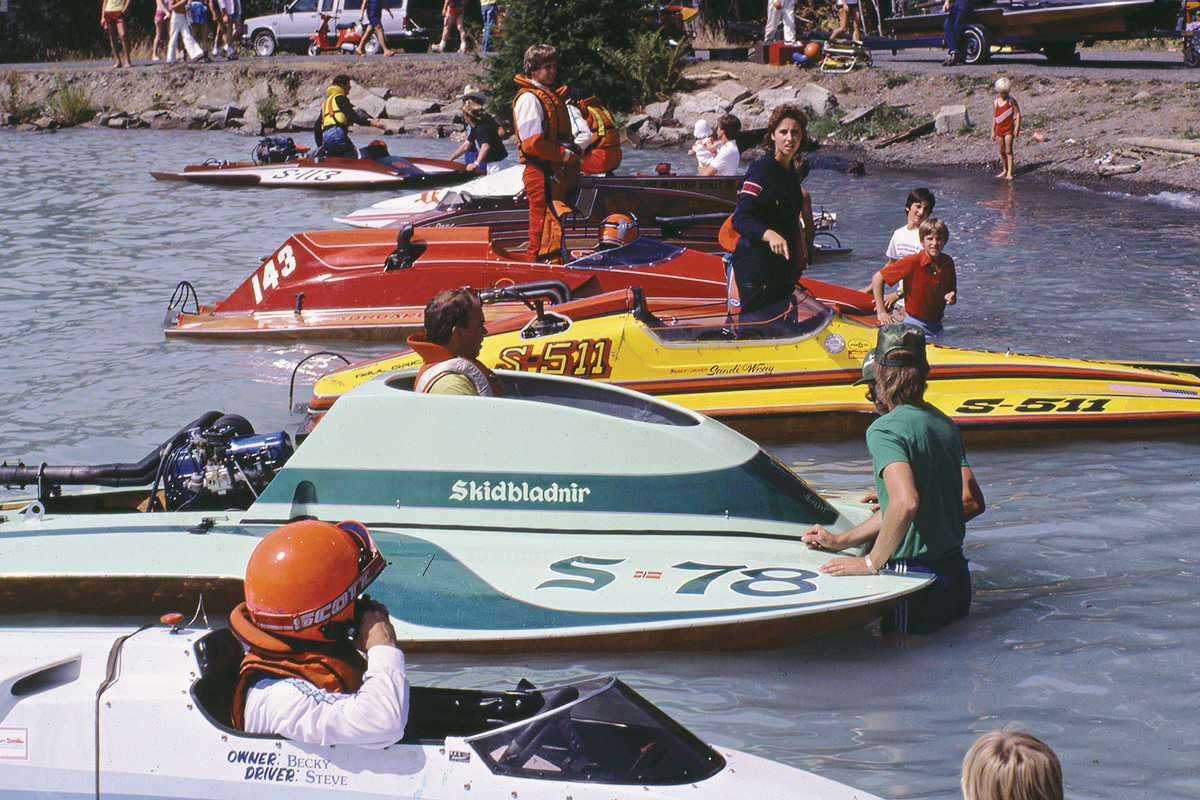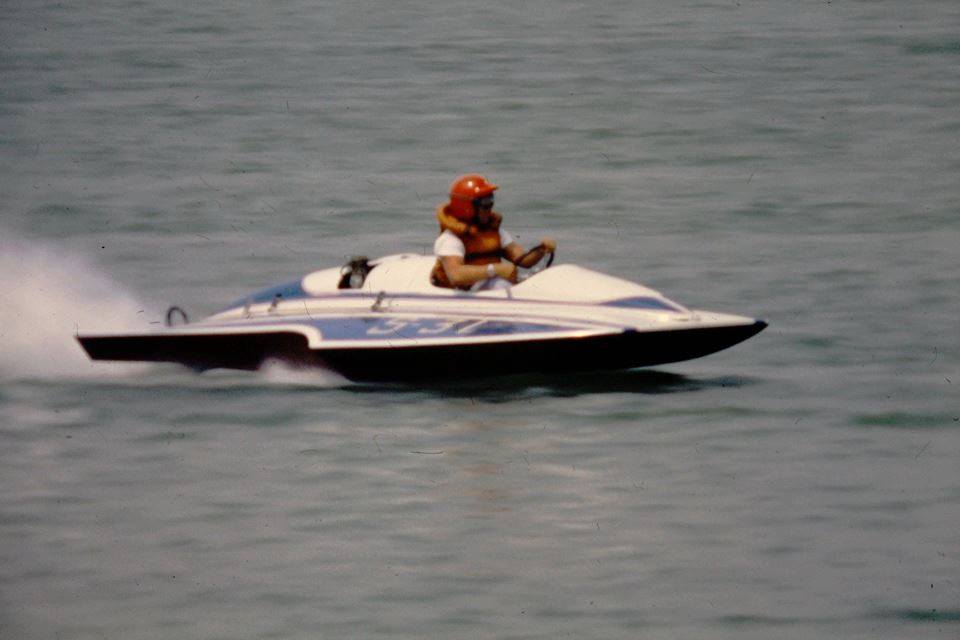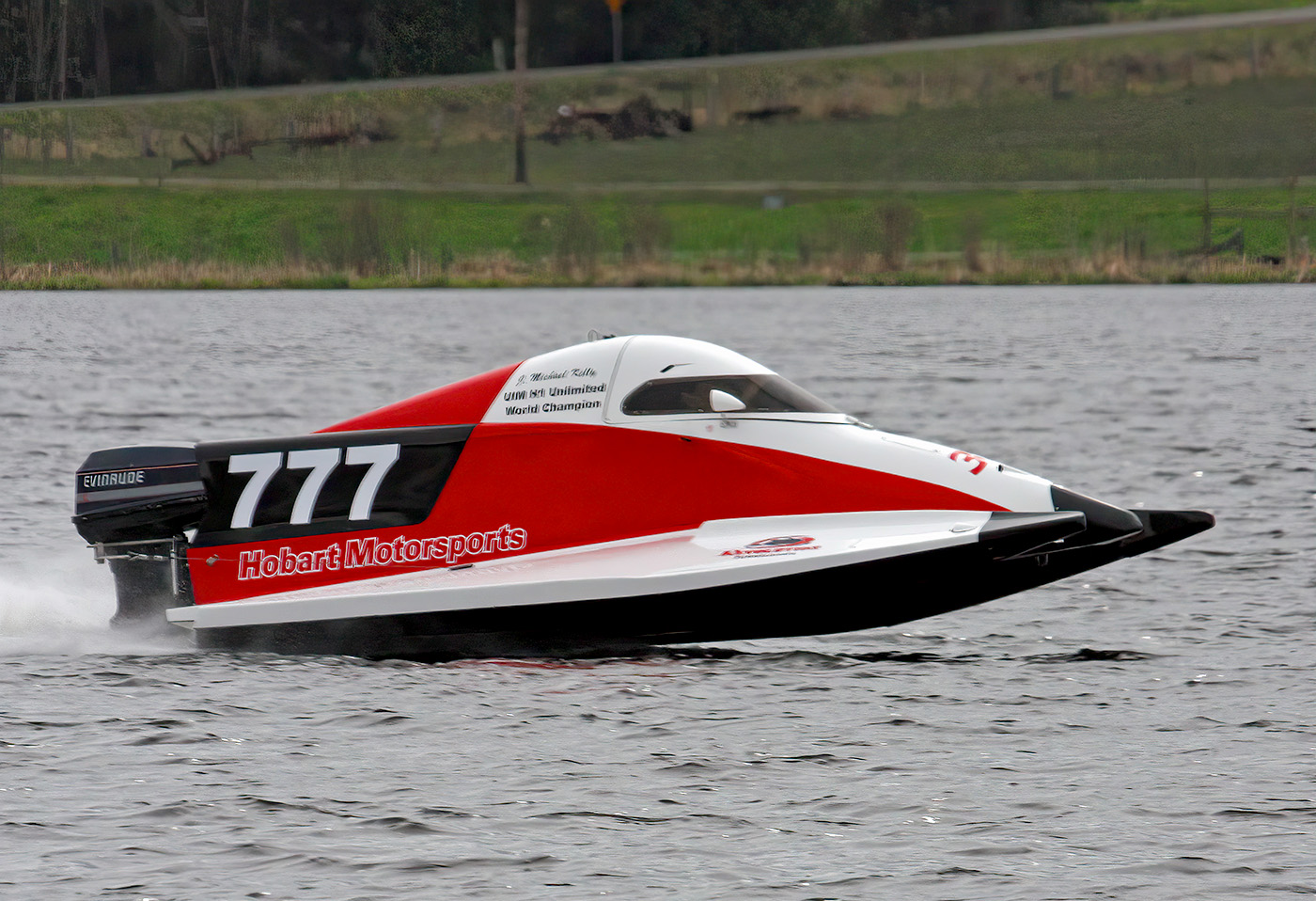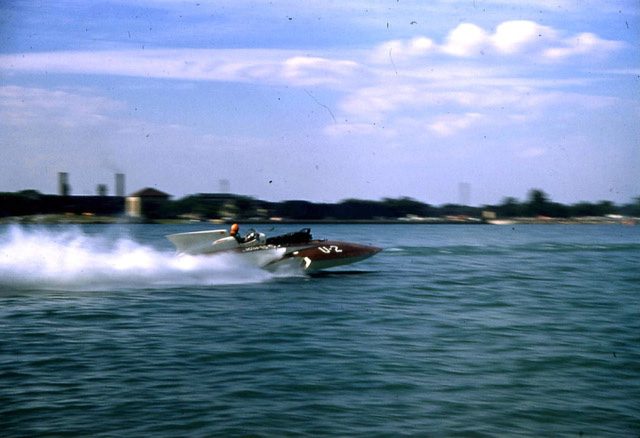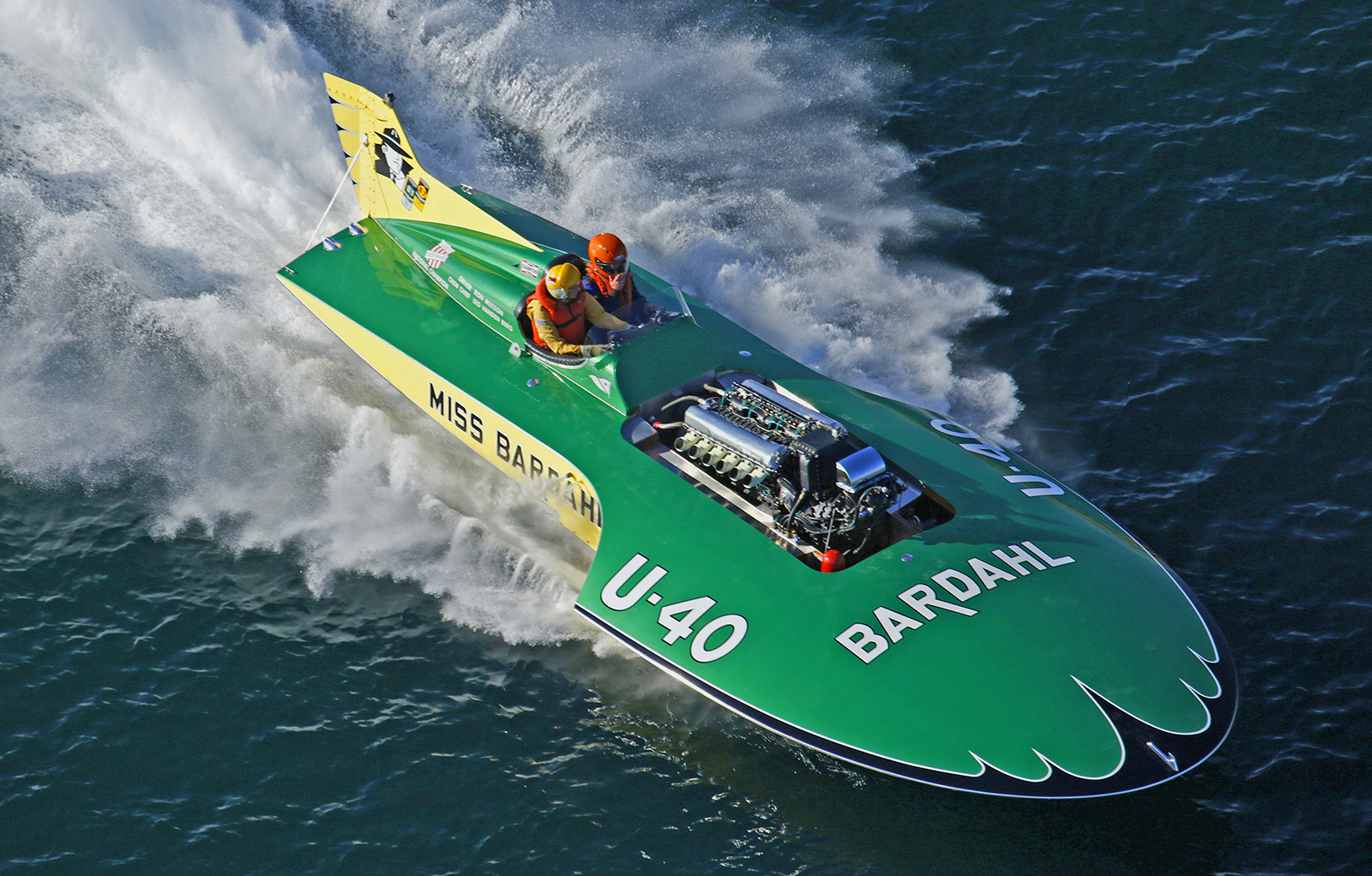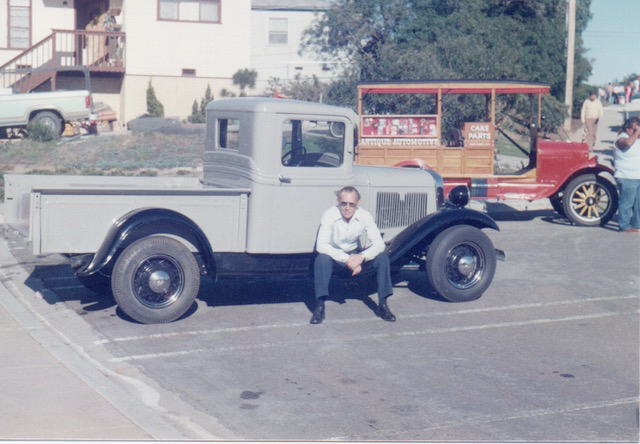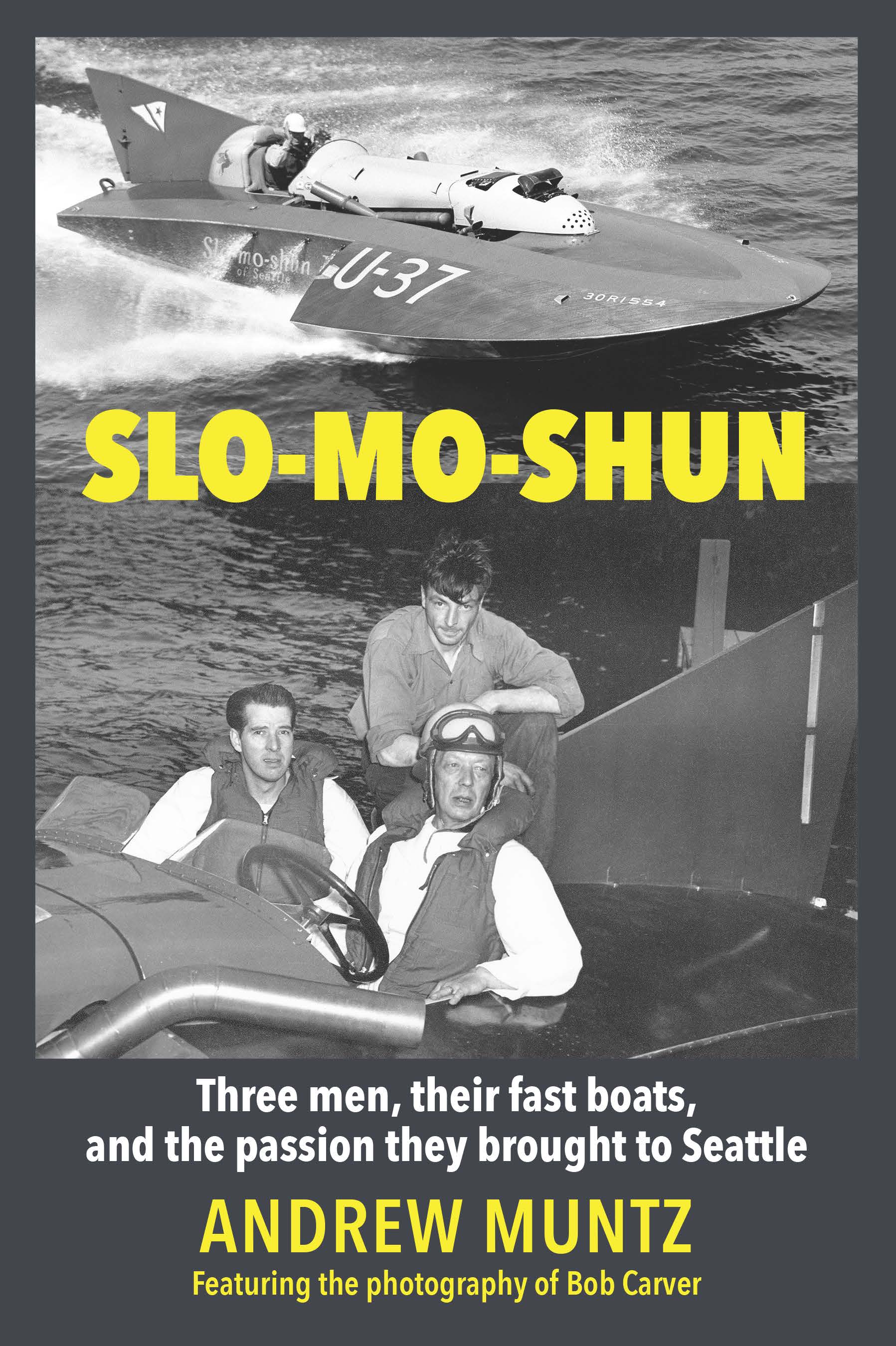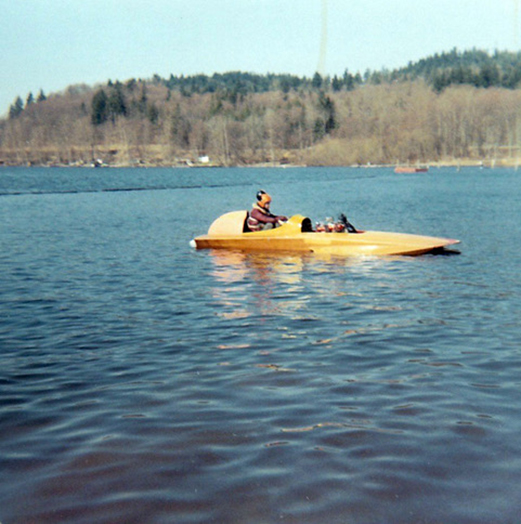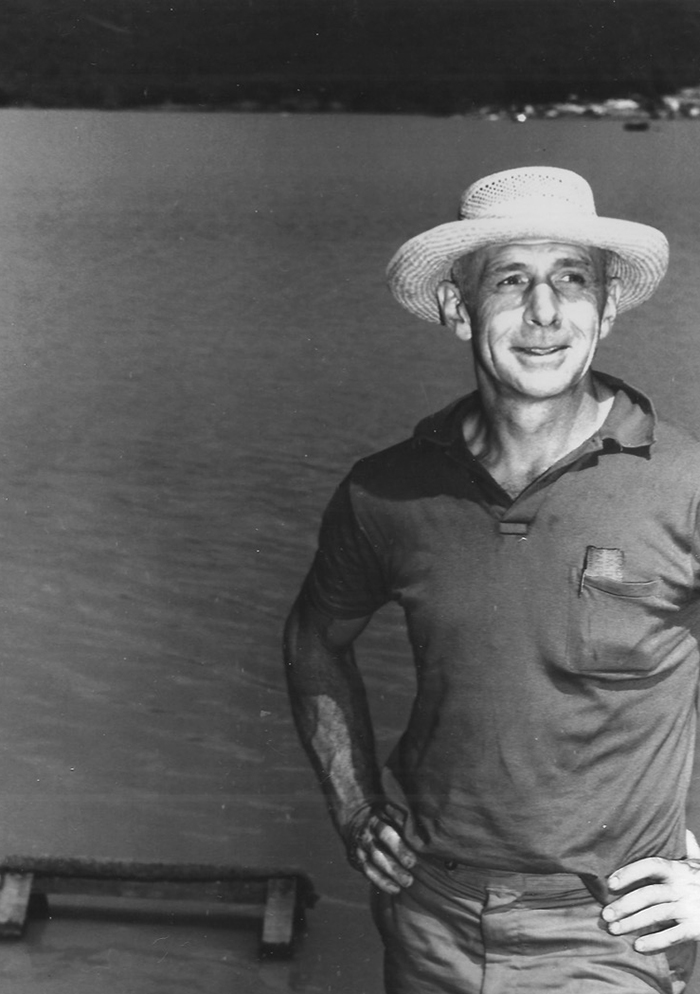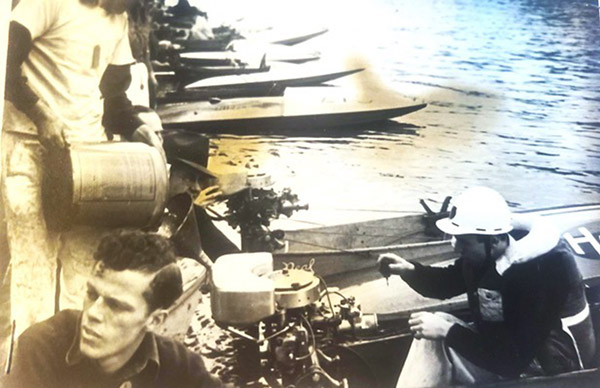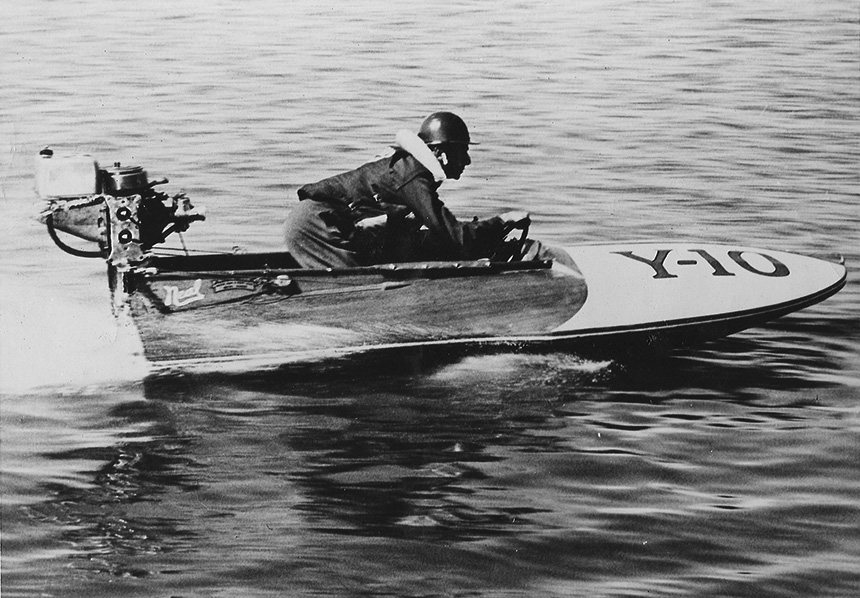SLO-MO-SHUN, by Andrew Muntz
May 26, 2024 - 6:51pm
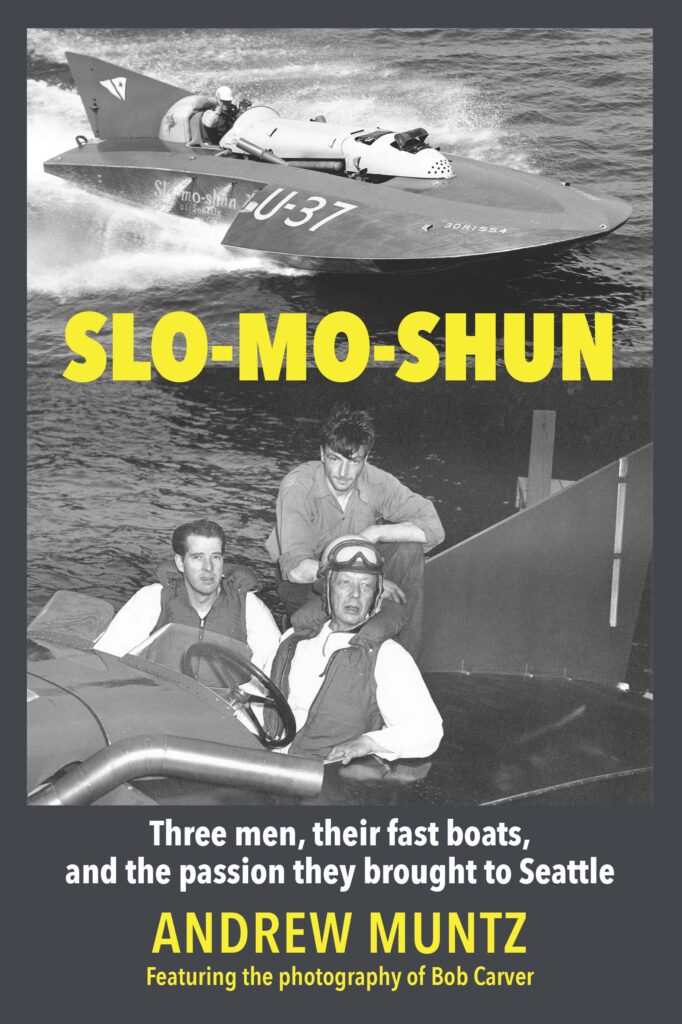
Book review by Craig Fjarlie
A number of books have been written about the Unlimited hydroplane Slo-mo-shun IV. That craft, and its subsequent sister ship, Slo-mo-shun V, radically changed the shape and style of boats that compete for the APBA Gold Cup. Some books include the Slo-mos in a larger overview of the history of Gold Cup racing; others have evaluated the contributions of the Slo-mos in their period of Unlimited hydroplane racing.
Now, however, Andrew Muntz, who grew up in the Pacific Northwest, has written a definitive history of the Slo-mo-shun team.
Muntz sets the stage by recapping the history of Gold Cup racing, beginning in 1904. He also introduces the three main figures in development of Slo-mo-shun IV.
Stanley S. Sayres, an automobile dealer, was a 266 inboard class racer who one day hoped to compete for the Gold Cup.
Ted Jones, a 225 inboard class racer, had radical ideas about how to make boats go faster, using aerodynamics and balance to enable them run on top of the water rather than through it.
Anchor Jensen, a boatbuilder, put together Sayres’ 266 hydroplane Slo-mo-shun III.
Muntz tells how Sayres, Jones, and Jensen traveled to Detroit for the 1948 Gold Cup to witness the level of competition and decide if they could produce a better boat. They agreed it could be done, so in early 1949 work was begun on Slo-mo-shun IV.
Muntz explains the personality conflicts between Jones and Jensen, early testing of the boat, the mile straightaway record, and the boat’s Gold Cup victory in 1950. That win meant that the following year the race would be conducted on Lake Washington.
Slo-mo-shun V was built for the 1951 season, giving Sayres two boats to defend against the fleet from Detroit. Sayres’ boats won the Gold Cup each year through 1954 and sparked a hydromania in Seattle.
Drawing on newspaper and magazine accounts, documents in the archives of Seattle’s Museum of History and Industry, interviews with drivers, crewmembers, and Sayres’ grandchildren, Muntz captures a thorough history of the Slo-mo-shun team and how the legacy shaped Unlimited racing for years to come.
Although Sayres died in 1956 and Jensen focused his work on the marine industry, the Jones family – Ted, Ron, and Ron Jr. – remained involved in hydroplane design and construction for decades. The recent passing of Ron Jones, Jr., brought an end to their dynasty.
Muntz has made a significant contribution to documenting the history of racing for the APBA Gold Cup. His 400-page book, SLO-MO-SHUN, is available through Amazon, and people who live in the greater Seattle area can purchase a copy at the Hydroplane and Raceboat Museum.
Featured Articles
